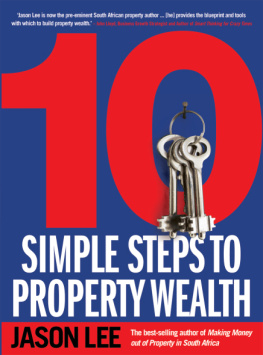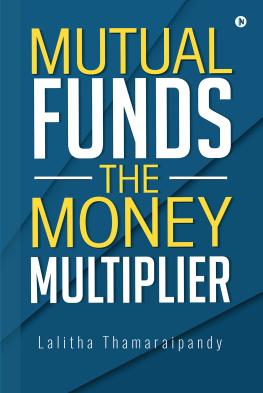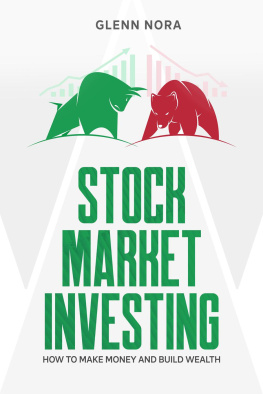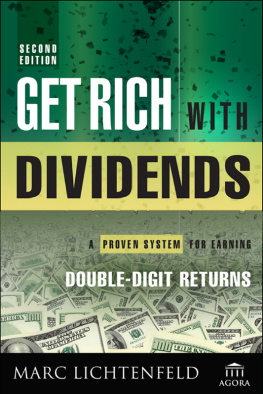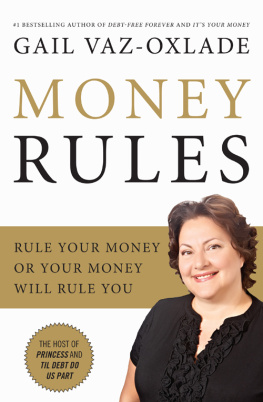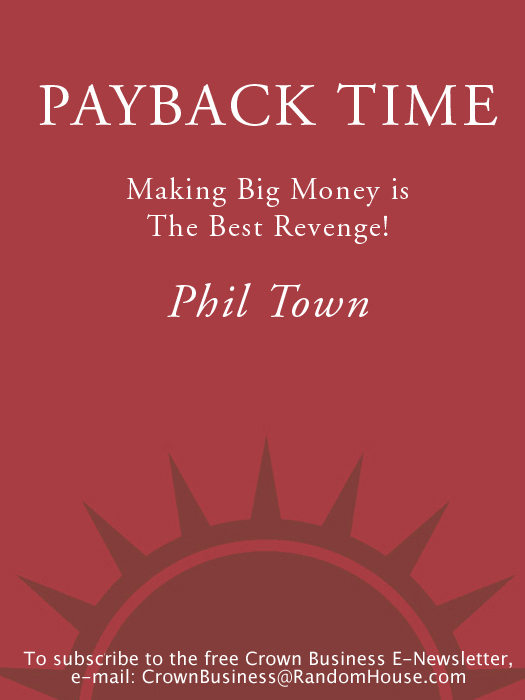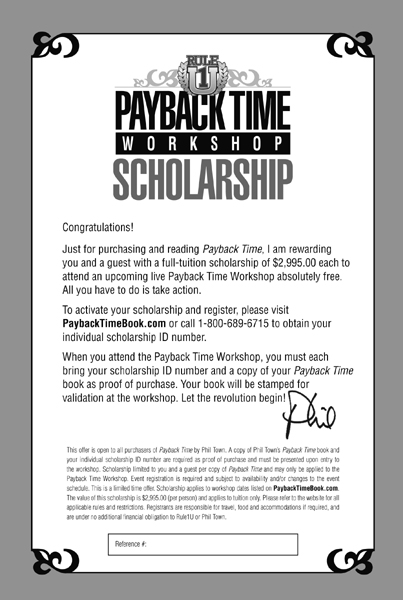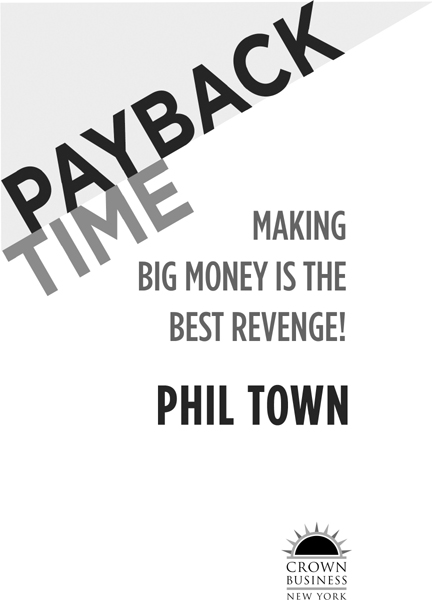Ill be using a lot of examples in this book that include numbers, such as stock prices, growth percentages, earnings per share, etc. These numbers were accurate when I wrote this book, but companies routinely update their financial information (including even historical data), so they probably wont reflect the actual current numbers as you read this. Dont let that affect your learning experience. My purpose in using these figures is simply to provide examples thatll teach you how to perform these analyses yourself. The specific numbers in the examples dont matter. The principles Im teaching do.
I also mention and analyze several specific companies in these pages, but please dont take that to mean Im telling you to buy or sell them. Again, these are used as examples only, and their purpose is not to tell you what to buy but to show you how you can figure out for yourself what you should be investing in.
In fact, please use this book as a tool to change your financial future from potential poverty to riches. You can start by reading carefully and taking notes in the margin; dog-ear the pages and review extra examples at . Lets get a conversation going and help change some lives.
The ROAD from Rule #1 to PAYBACK TIME
Stand up to your obstacles and do something about them. You will find that they havent half the strength you think they have.
N ORMAN V INCENT P EALE
I m about to teach you the very best strategy for investingthe one strategy worth pursuing regardless of how much time, money, and effort youthinkyou have available. No, its not as simple as handing your money over to some fund manager, wholl probably lose it. Yes, it does require that you actually do something. But what Im going to get you to do is so easy that, yes, even you can handle it. Even if youve never invested in your life. Even if you cant stomach math or researching companies. Even if the thought of beating the market and realizing staggering returns of 15, 20, or 25 percent or more (yes, even in a volatile market) seems impossible and you dont want to try.
Lets start by getting something straight: The reason Ive been able to make a whole pile of money starting with nothing is that my approach is the same one thats been making people rich in all kinds of markets for the last hundred years. Because I learned the fundamentals of solid investing, Ive survived all the crazy market swings, including the recent one that began in 2008. In fact, on August 17, 2007, I appeared on CNBC and told you point-blank to get out of the stock market the next day and I was right. On March 9, 2009, the Dow fell below 6,600 and I sent an email that evening to Maria Bartiromo at CNBC, Manny Schiffres at Kiplinger, and to my blog followers that said it was time to load up the truck. Right again.
Well pull out of this economic crisis eventually no matter how badly we handle it, because eventually we always get back to the basics of a society that creates the most wealth for the most people. Were experiencing the down part of a cycle. Government got too loose with credit and too proactive toward people with bad credit, people got to thinking real estate cant go down, bankers got too clever with derivatives and leverage worldwide, and, in a nutshell, we were on a binge for twenty years. We overinflated. Now were going to contract the economic balloon. Weve been through it before and some of us always think there is no tomorrow. Warren Buffett described it as an economic Pearl Harbor and suggested we do what we did theneverything possible. And we will. But were at war economically, and the impact of government meddling in the markets is going to be painful for a lot of people. What I want to do is make sure youre not one of them. Investors who take the correct action now will come out the other side in ten or twenty years really, really rich. Making that happen for yourself starts with knowing the rules.
Every successful investor I knowwhether an active trader or a long-term investorfollows the same two rules of investing: Rule #1: Dont lose money. And Rule #2: Dont forget Rule #1. My first book, Rule #1, appeared in the #1 position on the New York Times bestseller list and has been translated into fourteen languages. Folks like investing guru Jim Cramer and SEC Chairman Arthur Levitt were nice enough to recommend it. In that book, I provided a straightforward explanation of how good investors use specific fundamentals to find the value of a business. I also presented a few technical tools investors can use to avoid losing money, and in doing so, make millions and in some cases, billions.
There is, however, work involved. Being an active investor is a discipline that, like dieting or getting into good physical shape, has a huge payoff but does require effort and steadfast dedication. You wouldnt believe the number of people who read about dieting or working out or investing but dont actually do it. Okay, you would believe it.
I cant do anything about making you stick less food in your mouth or dropping to the floor for some push-ups and then dashing out the door for a run, but I can do quite a lot about motivating you to do your own investing. Getting you to do what you know you should but cant quite. And you probably have a sense that these days, its more imperative than ever to learn how to take charge of your investments. Our entire financial system has nearly melted down and, in the process, created great problems for the average persons financial future. You know its critical to do something today to secure your retirement later, because what youve been doing just hasnt, well, worked.
Most of the people I meet nowadays dont even want to talk about their retirement funds because they dont know if their money will be there when they need it. They are often stunned when I start sharing with them the facts about how those funds are managed, as well as the simple solutions to a great retirement completely within their reachsolutions that can make them rich in very little time. You could be starting with close to zero dollars today in a horrible stock market, apply what I teach you in this book, and have a bundle of money in ten years to do whatever. Maybe you wont be ready to retire just yet, but youll want money for other things, like paying for your kids higher education, starting a small business, or buying a dream vacation home and taking more time off from work. Im not here to tell you what to


